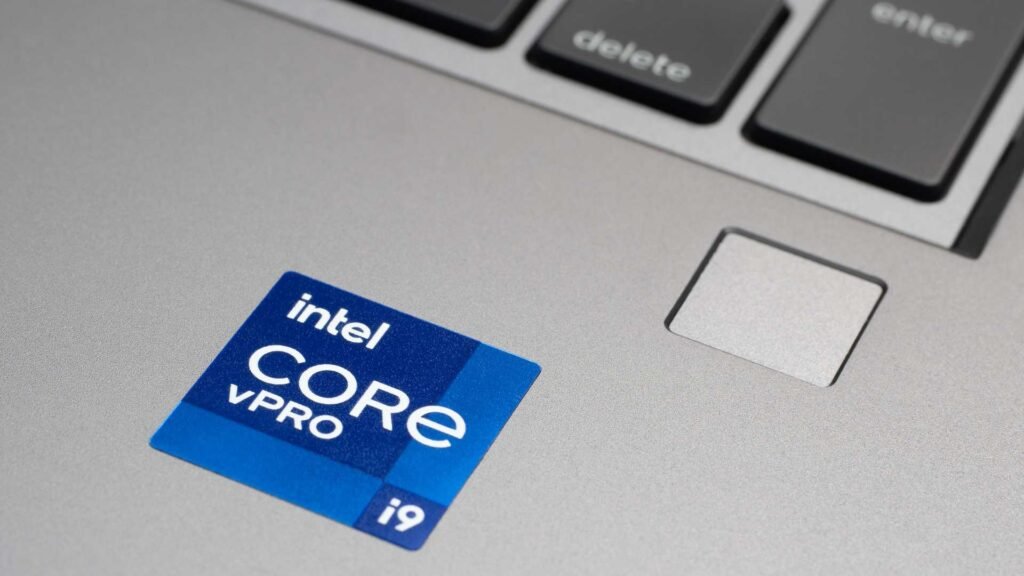In the competitive world of technology, staying ahead is crucial. Intel, a leading technology giant, has significantly moved to reclaim its position in the data center market by launching its sixth-generation Xeon server processors. This strategic initiative aims to regain lost ground in the fiercely competitive data center landscape.
The Xeon Server Processors: Unleashing Power and Efficiency

The Xeon 6 server processors come in two primary variants:
- Performance Model
Designed for high computational workloads, the performance model of Intel’s sixth-generation Xeon server processors boasts impressive horsepower. This model excels at running complex AI models, handling data-intensive tasks, and responding swiftly to demanding workloads. Its robust capabilities ensure that it can meet the rigorous demands of modern data centers, where speed and efficiency are paramount.
The performance model is particularly well-suited for applications requiring significant computational power. It is ideal for AI inference, where quick and accurate processing of large datasets is crucial. Additionally, it excels in scientific simulations, providing the necessary precision and speed for researchers and scientists to conduct intricate experiments and analyses. Financial modeling, another demanding application, also benefits from the performance model’s capabilities, enabling faster and more accurate financial predictions and analyses.
- Efficiency Model:
Positioned as a replacement for older-generation chips, the efficiency model of Intel’s sixth-generation Xeon server processors focuses on power optimization. This model is engineered to deliver substantial computing power while consuming significantly less energy, making it an eco-friendly and cost-effective solution for data centers. By reducing energy consumption, the efficiency model helps businesses lower their operational costs and minimize their environmental footprint.
One of the most compelling features of the efficiency model is its ability to achieve the same level of performance as second-generation chips with approximately 67% fewer server racks. This drastic reduction in hardware requirements saves physical space and significantly saves cooling and maintenance costs. For companies managing large-scale data operations, these benefits translate into substantial financial savings and improved operational efficiency.
The efficiency model is well-suited for applications such as media servers, websites, and database calculations. The demand for reliable and efficient computing power is high in these scenarios, but energy consumption and space constraints are critical considerations.
Profitability of Xeon Server Processors
Industry-Specific Impact
Xeon processors are particularly advantageous for industries that demand high computational power, such as finance, healthcare, and scientific research. These sectors often require robust computing capabilities to handle complex tasks, from processing financial transactions and managing healthcare records to running sophisticated simulations. Companies operating in these fields can benefit significantly from the performance model of the Xeon processors, as it accelerates critical computations and enhances overall productivity. By utilizing the advanced capabilities of the performance model, these industries can improve their operational efficiency and achieve better outcomes in their respective domains.
Cost Savings Through Efficiency
The efficiency model of the Xeon processors offers substantial cost savings by reducing power consumption. With this model, companies can achieve the same level of performance as previous-generation chips but with approximately 67% fewer server racks. This reduction in hardware translates to lower electricity bills and a smaller environmental footprint. For businesses seeking a balance between performance and cost-effectiveness, the efficiency model presents a valuable solution. By optimizing power usage and minimizing physical space requirements, companies can lower their operational expenses while maintaining high levels of productivity. This makes the efficiency model an attractive option for businesses looking to upgrade their infrastructure without incurring excessive costs.
Competitive Edge
Intel’s aggressive pricing strategy positions Xeon processors as formidable competitors in the market. The Gaudi 3 accelerator kit, which contains eight AI chips, is priced at $125,000—a fraction of the cost of rival solutions. Compared to Nvidia’s H100 chips, which are significantly more expensive, Intel’s Gaudi 3 offers a compelling alternative. This competitive pricing makes Xeon processors an attractive proposition for companies aiming to stay ahead in the market. By choosing Intel’s affordable yet powerful solutions, businesses can enhance their computing capabilities without breaking the bank. This strategic advantage allows companies to invest in other critical areas, further strengthening their market position.
The Gaudi 3 AI Chip: A Game-Changer
Intel’s Gaudi 3 AI chip, introduced in April, promises breakthrough performance at an affordable price point. Here’s why it matters:
- Affordability:
The Gaudi 3 kit’s price of $125,000 positions it as a cost-effective solution for AI workloads. In contrast, Nvidia’s H100 chips can exceed $300,000 for a comparable system. Intel’s commitment to affordability ensures that businesses can harness AI capabilities without breaking the bank.
- Versatility:
The Gaudi 3 chip caters to diverse AI applications, from natural language processing to image recognition. Its versatility empowers companies across industries to leverage AI for improved decision-making, customer insights, and operational efficiency.
Intel’s sixth-generation Xeon server processors offer a compelling blend of power, efficiency, and affordability. As businesses seek to optimize their data centers, these processors emerge as a strategic investment—one that can propel companies toward success in an increasingly competitive landscape. Whether you’re a startup, a mid-sized enterprise, or a large
